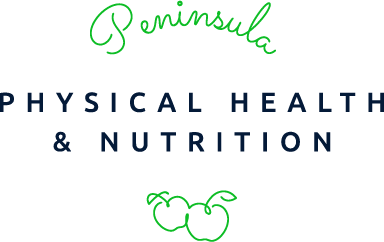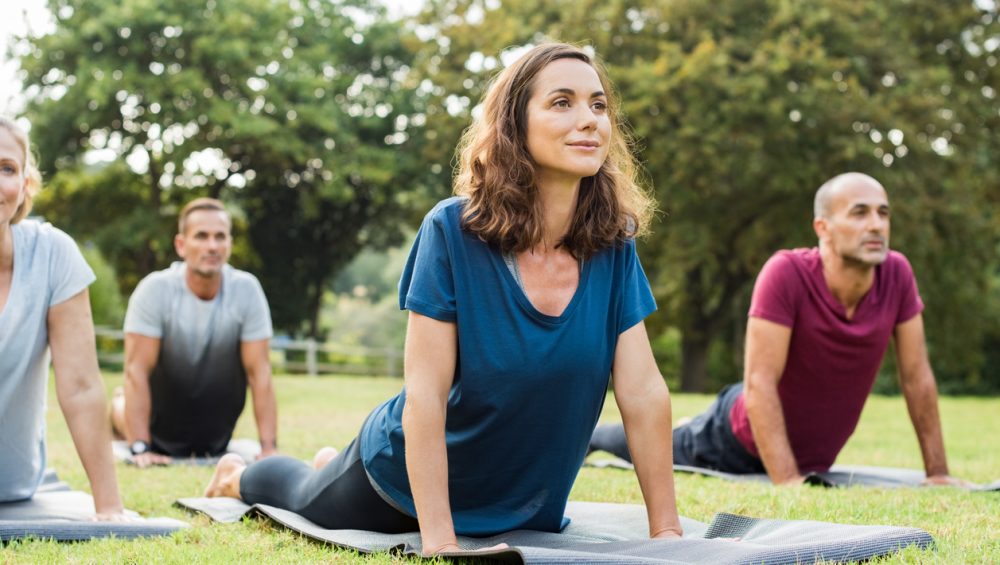What exactly is ‘energy availability’?
Energy Availability (EA) refers to the amounts of energy left over and available for your body’s functions after the energy expended for training is subtracted from the energy you consume from food.
Food energy intake – Exercise Energy Expenditure = Energy Available for your body systems
Low EA is when the energy available after exercise is insufficient to meet you baseline physiological needs. Basically, your body doesn’t not have enough energy to maintain normal, healthy functions which lead to hormonal and metabolic adaptions to reduce the amount of energy your body can function on.
As a result, low EA can lead to:
- Impaired ability to use glucose effectively for energy
- Increased fat stores
- Slower metabolic rate
- Increase cholesterol
- Decreased production of growth hormone
- Changes to menstrual cycle such as amenorrhea
This condition was traditionally thought only to affect athletes, adolescents and people suffering with eating disorders, however, people who exercise recreationally, of any body shape or size, are also at risk; especially in a society that pushes the message of eat less and move more. A study of 109 female recreational exercisers, published in the International Journal of Sports nutrition and Exercise Metabolism, showed that 45% were classified as at risk of Low EA.
Some signs to look for if you suspect you may have low energy availability:
- Training hard, but not improving performance
- Fatigue
- Easily injured
- Recurrent illness or infection
- Decreased muscle strength
- Altered menstrual cycle
- Gastrointestinal problems
- Low iron or anemia
- Stress fractures
What to do to prevent it?
Now I am not suggesting that we move less as exercise has numerous benefits for physical and mental health, nor am I suggesting that everyone needs to eat more. Rather restricting your intake while pushing your body to the limits in the pursuit of weight loss, health or fitness as this approach will ultimately fail you, I’d suggest that it is about finding that balance between fueling your body and mind adequately for the amount of exercise that you are doing. Look out for the signs of low EA and seek support if you think this may be you.
Try to listen to your body, if you are hungry or low in energy, try a nutritious snack or meal; if you are tired, have a rest or try a lighter form of exercise that day. Eat regularly and nutritiously without depriving yourself of any particular food. Eat mindfully and learn about the foods and nutrients needed to fuel your body properly.
If you are still confused about how much or what you should be eating, or if you think that you may have low energy availability, it is worth seeking the support and advice of an Accredited Practising Dietitian (APD).





